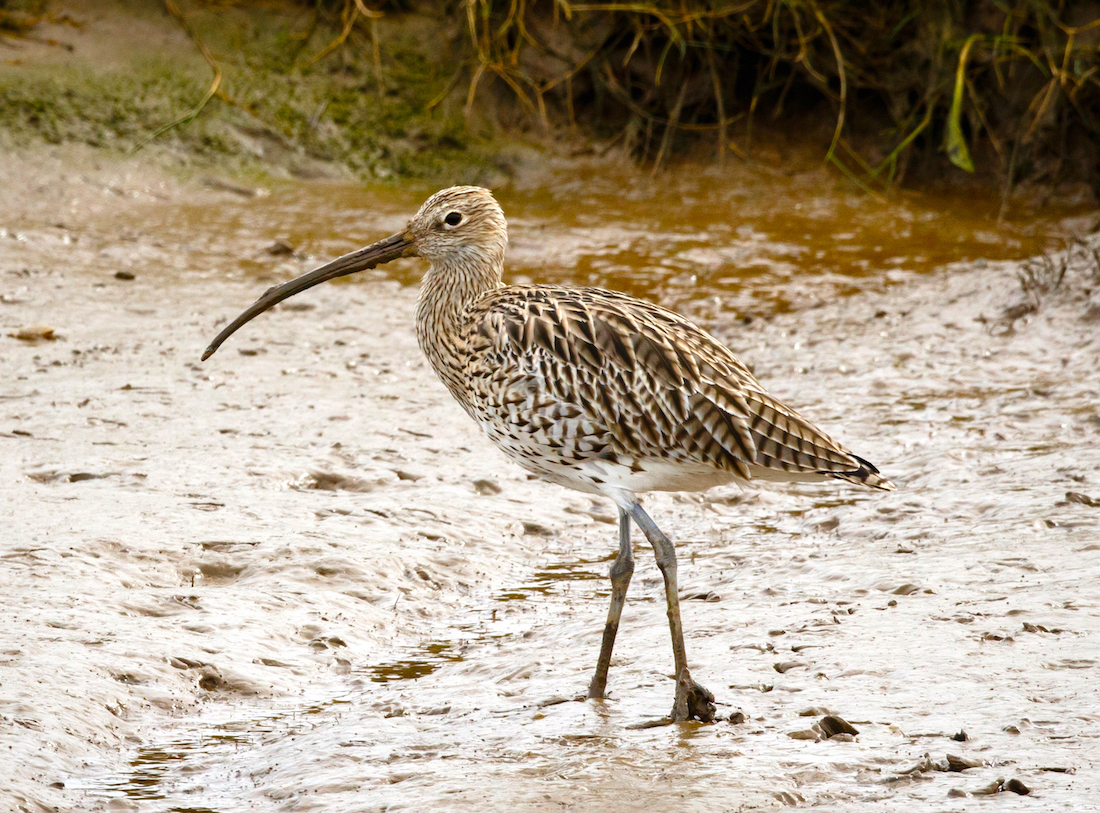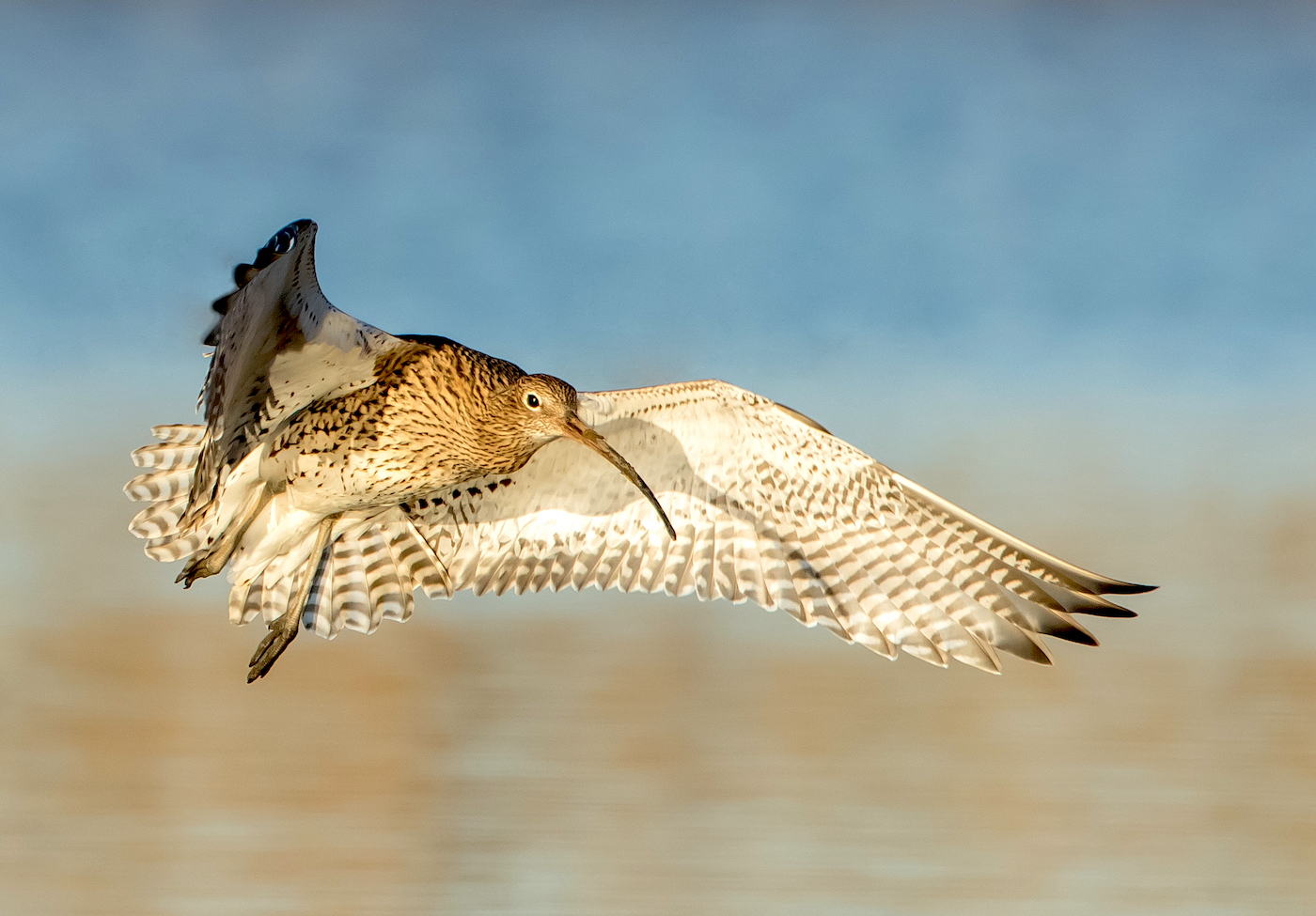Eurasian Curlew Numenius arquata


The status of Curlew in Britain, whose shores hold around a quarter of the world population, is a real concern. The British population has fallen by nearly 70% since 1970 and the population estimate in 2016 by APEP4 was 58,500 in Britain, 30,000 of these in England; the British total is roughly a quarter of the global population. In Lincolnshire there is a small breeding population largely confined to the west of the county. The Atlas confirmed them as breeding in six 10km squares and estimated 30-50 pairs in the late 1980s. The BTO Atlas 2007-2011 confirmed breeding in 11 10km squares suggesting an increase in range. The current figure is likely to be 10-50 pairs. There is a strong autumn passage particularly on The Wash in July-August and the birds begin their moult immediately after arrival, completing the moult mid-October to early November. The Atlas estimated the wintering population at 3,000-4,000 birds. During 2014-2018 LBR tables indicate the average wintering population was at least 3,200 with a range from 1900 (2017) to 3600 (2014). These birds probably come from Scandinavia and Russia so hopefully this indicates the eastern population is more stable than the British one.
(Account as per new Birds of Lincolnshire (2021), included September 2022)
